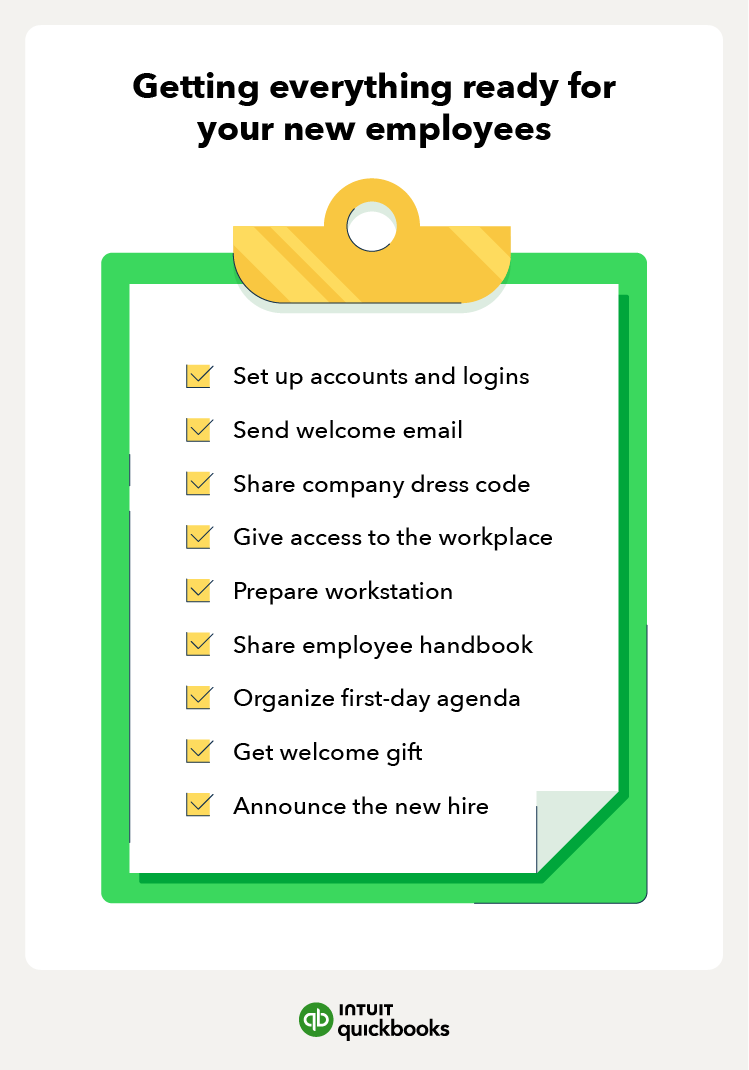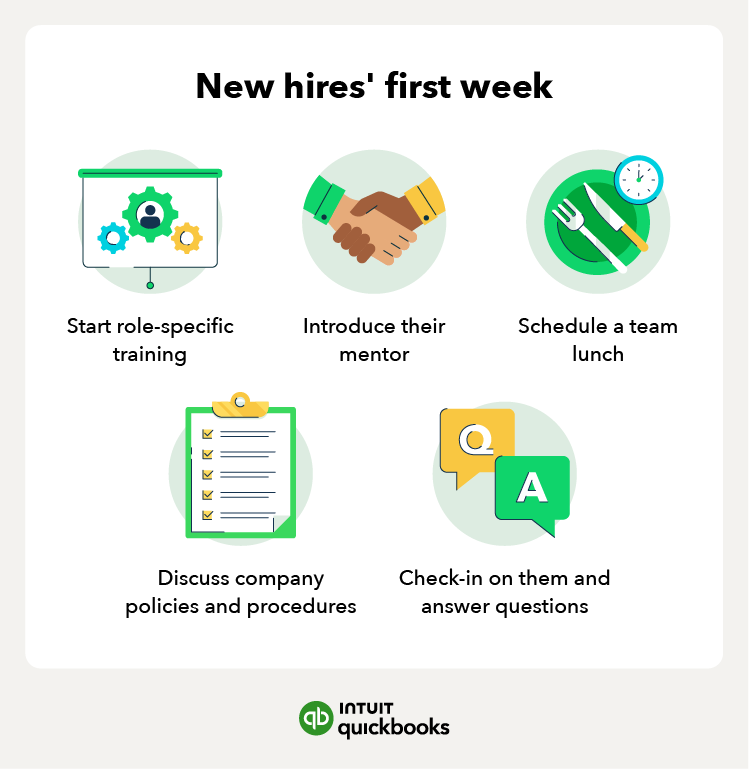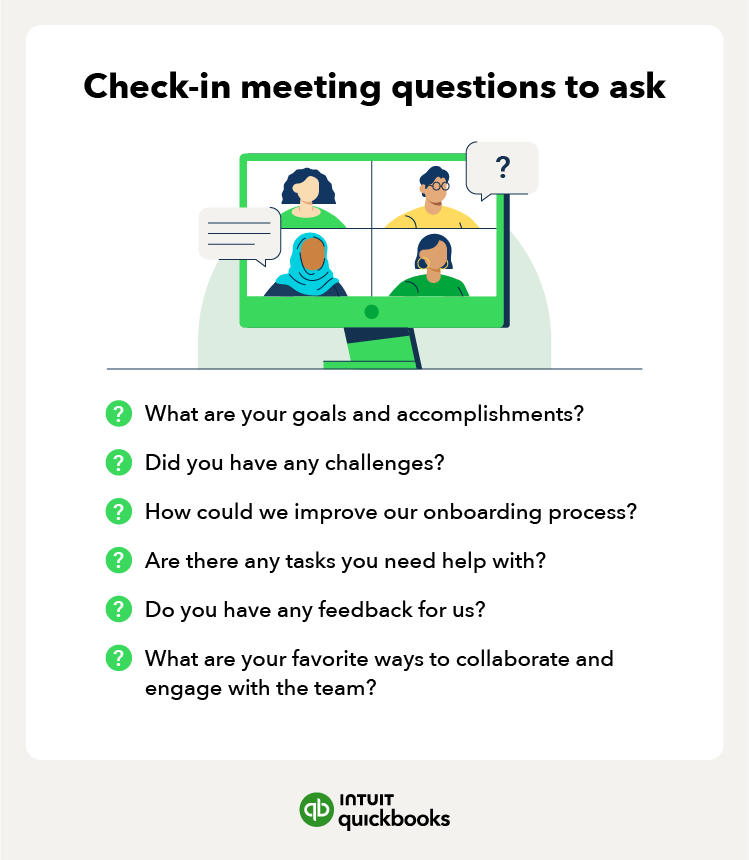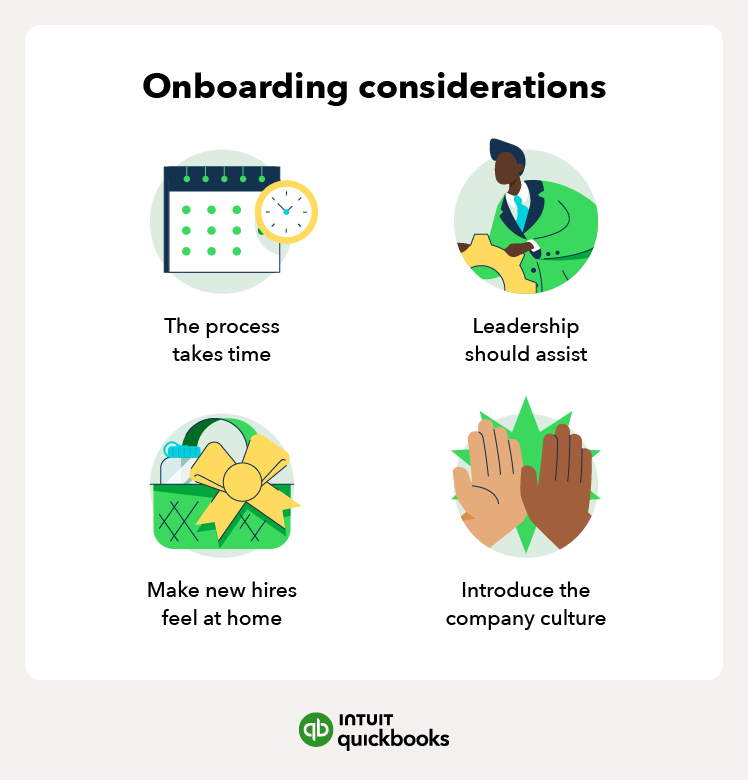Assign a mentor or a buddy
Pairing your new hire with a more experienced team member gives them a go-to person for questions, context, and support. This relationship helps them get up to speed faster while easing the pressure of asking their manager every small question. A mentor also provides valuable insights into company culture, team dynamics, and unwritten norms.
Choose a mentor who’s approachable, patient, and enthusiastic about helping others succeed. Make sure they have time carved out for regular check-ins during the first few weeks.
Deepen role-specific training
Once your new hire is oriented, shift focus to deeper, job-specific training. Walk them through the tools they’ll be using, explain your team’s workflows, and show how their role fits into broader business goals. Avoid information overload by breaking up training into manageable sessions over the first week.
Hands-on learning—like shadowing a coworker or completing a small project—can boost retention and build confidence early on.
Encourage team bonding
Strong relationships make work more enjoyable and collaboration more effective. Kick things off with a team lunch, a group coffee break, or a virtual hangout. These informal moments help new hires feel like part of the team faster.
If your team is remote or hybrid, schedule short, casual one-on-one meetings with key teammates to foster connection and build trust from day one.
Reinforce company culture
Culture isn’t just about perks—it’s how your team communicates, makes decisions, and handles challenges. Use the first week to clearly communicate your company’s mission, values, and expectations. Share stories or examples that bring those values to life.
Make sure new hires understand how success is defined, how feedback is given, and how teams collaborate. The sooner they feel aligned with your culture, the more confident and motivated they’ll be.
Check in daily
Short daily check-ins give new hires space to ask questions, share feedback, and flag issues early. Even a five-minute conversation can surface useful insights—like which tools they’re struggling with or what still feels unclear.
These early conversations build trust and show that your team is invested in their success. As onboarding continues, you can space out check-ins but keep the communication open and consistent.











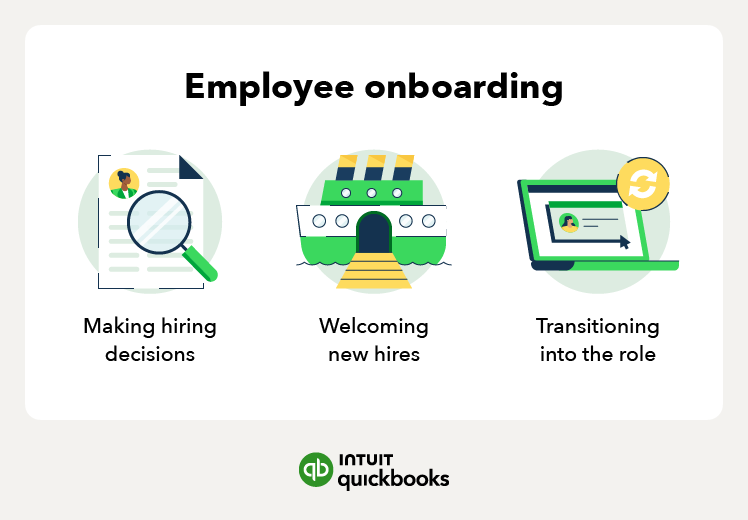

 Create onboarding checklists and block milestones on a shared calendar to keep your team aligned and accountable for each phase of the new hire’s journey.
Create onboarding checklists and block milestones on a shared calendar to keep your team aligned and accountable for each phase of the new hire’s journey.
